3060 Vs 3060 Ti
This form is protected by reCAPTCHA - the Google Privacy Policy and Terms of Service apply.
Don't have an account?
Creating an account has many benefits: check out faster, keep more than one address, track orders and more.
Which is better?
A graphics card has a lot to do with your gaming experience. It is one of the few components that will directly affect your gaming experience. That’s why choosing one requires careful analysis of the different options available within your budget.
If you're going for a high-end GPU, The Nvidia GeForce is among the best models in the market. Its brand new line of RTX GPUs, particularly the 3060 and the 3060Ti, are among the best in class. At first sight, these two seem like they have different features. But there are some vast differences you should consider that could help you choose the right one for your gaming setup.
Nvidia got into the gaming industry reasonably late in the late 1990s. Although they haven’t been around for as long as AMD and other gaming brands, they quickly secured their spot.
With the release of their first GPU, Nvidia managed to take gaming to a whole new level. Since then, Nvidia has grown in leaps and bounds and has continued to impress gamers with its stellar components.
The brand is best known for its high-end GPUs that bring quality gaming to mid and entry-level components. The entry of the GeForce GPUs has set a new bar in gaming graphics which is why many gamers are considering the 3060 and 3060Ti GPUs, which are the newest kids on the block.
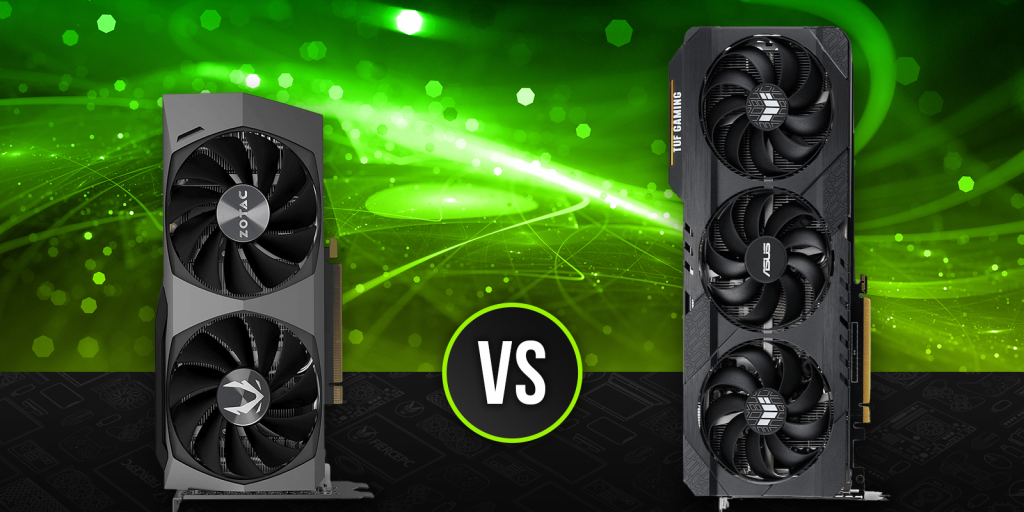
Comparison Between RTX 3060 and 3060 Ti
On the surface, both GPUs look similar. In some cases, the 3060 even looks better given its substantial memory. But there’s more to consider than the memory.
Architecture
Both GPUs are new entries into the gaming and GPU markets. They feature a new type of architecture which makes them stand out and get so much interest from potential buyers.
The 3060 and the 3060tTi feature the 2nd generation RTX architecture, and the performance is second to none based on the completed benchmarks.
For both GPUs, Nvidia uses the Nvidia Ampere architecture. The RT cores on the GPUs are the second generation and have 2X better throughput than the first-gen RT cores. The tensor cores features are the third generation, and they also have a throughput that is 2X better than earlier versions.
The new GPUs have a new SM with a 2X FP32 throughput, and both use DirectX 12 Ultimate. Nvidia has installed both GPUs with DLSS AI Acceleration for maximum fps with AI rendering. These reflex features are perfect for competitive gamers. They substantially improve performance, latency, and speed for a smoother, crispier gaming experience.
While the GPUs have the same architecture, they also have some differences, particularly in the engine specifications.
The 3060Ti, for instance, has a far higher number of cores. Although the GPU has a slightly lower boost clock speed, it should have better benchmark performance than the 3060 GPU, which has a higher boost clock speed but fewer cores.
Cooling
For high-performance GPUs, cooling is essential. The heat generated by the GPU should be sufficiently dissipated using a heat sink and fans.
Nvidia has done an amazing job of remodelling the cooling system. It's not just efficient, but also the design is impressive. The 3060 and the 3060Ti GPUs feature twin fans for maximum cooling. The fan blades are slightly curved to improve heat dissipation and airflow.
Both GPUs are fitted with 6mm copper heat pipes that are efficient in the absorption and dissipation of heat. There's also a base plate that helps to remove the heat created to keep the GPU running as cool as possible. This enhances not only the performance of the GPU but also its longevity.
Some of the temperature and power specifications of these GPUs include:
3060
- Maximum GPU Temperature – 930C
- Graphics card power – 170W
- Recommended power system – 550W
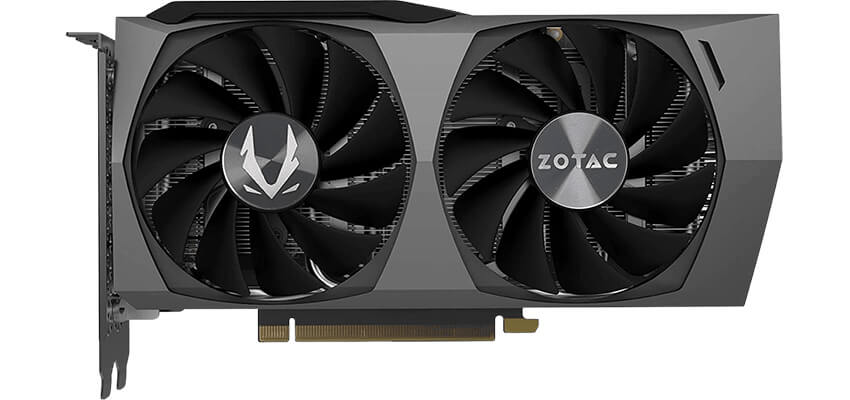
3060Ti
- Maximum GPU Temperature – 930C
- Graphics card power – 200W
- Recommended power system – 600W
These specifications are vital to consider because they determine the amount of heat generated overall. From the readings, while both have the same max temperature, the 3060Ti consumes more power which means it’s not as power-efficient and could take a shorter time to reach the maximum temperature.
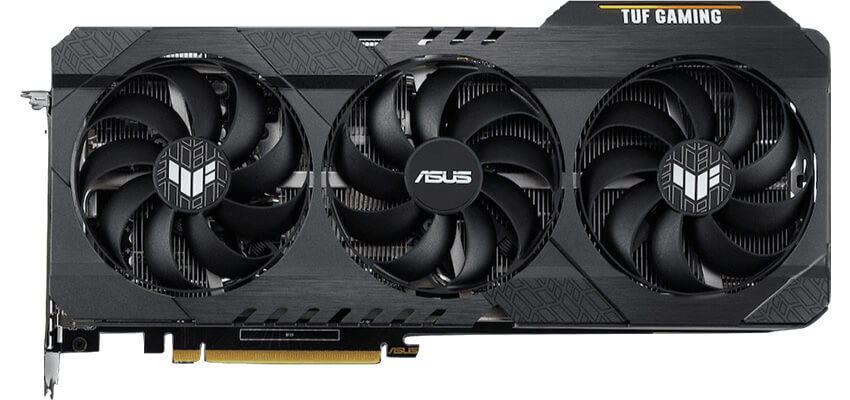
Dimensions
Although the dimensions of the GPU don't directly affect the performance of the GPU, they are equally important. You need to ensure the GPU will fit into your PC case. Because graphics cards can vary wildly in size, you need to carefully consider the size. Luckily, the 3060 and the 3060Ti have the exact dimensions;
- Height – 4.4”
- Length – 9.5”
- Width: 2-slot
These dimensions mean the GPUs will fit a majority of most standard PC cases. They also have a 2-slot which will also work with most motherboards.
It's important to note that Nvidia has finally decided to adopt the PCIe 4.0 technology over the older PCIe 3.0 interface with these two GPUs. This new addition gives the GPUs an edge in futureproofing.
You don't have to worry about upgrading the entire system if you're still on the old PCIe 3.0 technology. The GPUs are backwards compatible, which saves you the need to upgrade the motherboard should you purchase either of the two GPUs.
Resolution/FPS
Resolution and FPS are where GPUs make their bread and butter. It is the most important specification to consider when choosing a graphics card. The performance of the GPU in this area determines your gaming experience and the in-game performance of the GPU.
Both GPU have a resolution of 7680 x 4320, which is 8K Ultra HD. Both cards will allow you to play games at 4K resolution with no issues at all. Considering that most gamers use 1080p resolutions, you can expect that these graphics cards will have no issue whatsoever delivering an exceptional experience.
The 3060Ti, which is considered the superior of the two, has delivered at 34% better than the 3060. Also, the average score of the 3060Ti was 36% better than that of the 3060. The 3060Ti also has a better MRender score of 182fps than the 3060's 140fps.
The 3060Ti also has a better overclocking score that is 40% better than the 3060. On MRender, the 3060Ti has 203fps, and the 3060 has 149fps, which is quite the difference in terms of performance.
Although the 3060 is slightly newer, it doesn’t hold a candle to what the 3060Ti can do when benchmarked. However, both performances are considered impressive as far as fps goes.
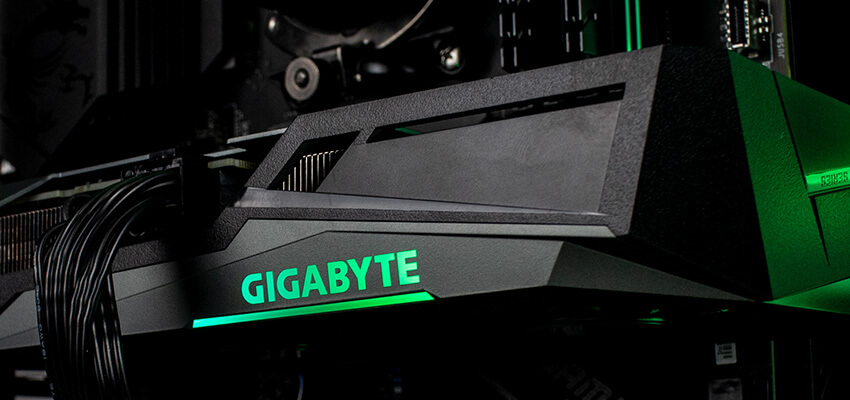
Ray Tracing
Ray tracing is a fairly new concept that has only recently been developed for the Nvidia RTX models. Ray tracing cores allow for real-time ray tracing in-game without affecting the quality or speed of gameplay.
The 3060Ti and the 3060 GPUs have 2nd generation ray-tracing cores. It’s a significant improvement to what was in the previous generation. The ray-tracing technology has vastly improved shading and lighting, which is critical for gamers that are into next-gen AAA games.
VRAM
One of the reasons why VRAM is important for gaming is because it stores the frame buffer, which is critical for gaming. For stress-free gaming, you need a GPU with sufficient VRAM to run the games. The more the VRAM, the better. For the purpose of gaming, your GPU should have at least 4GB of VRAM.
The 3060 GPU comes with 12GB of VRAM, which is a significant jump from what the 3060Ti was offering at 8GB. The 8GB is still impressive but also significantly lower.
In terms of memory, both GPUs use GDDR6. At the moment, that is the highest specification in the market. However, the 3060Ti has a slightly better memory interface at 256-bit. The 3060, on the other hand, has a memory interface width of 192-bit. Because of the higher memory width, the 3060Ti is slightly faster when loading overall.
Price and Availability
Although the price and availability are not performance-based, they are still crucial factors to consider when buying a GPU for gaming or otherwise.
While the MSRP prices are quite reasonable for the features that both GPUs offer, the actual selling price could be much higher owing to the consistent shortage of PGU and the insane demand from the rising needs of gaming and crypto mining.
It’s not easy to determine how much you’re going to pay for either GPU. But, expect to pay double or more to land either GPU if you can even find it to begin with. Besides the prices being high at the moment, they can also change drastically week to week depending on the supply and demand curve. Luckily, there are some second-hand options that you can consider if you’re driven to get yourself either the 3060 or the 3060Ti GPU. But keep in mind, the prices here are high as well. It is a highly coveted market.
Although Nvidia has tried to manage the demand by placing a hash-rate limitation on the GPUs to make them less useful to crypto miners, as expected, miners have quickly found workarounds or opted to mine with less efficiency. If you don’t already own the 3060 or the 3060Ti, you might have better luck finding the 3090 GPU before you can find either of these.
Which is Better?
At the end of the day, you still have to determine which of the two GPUs is better. In this case, it’s not a tough decision. If you’re choosing based on performance only, the RTX 3060Ti is the superior option. Although the 3060 has the VRAM advantage, it’s inconsequential given the resolution that the GPUs are designed for.
The RTX 3060TI is perfect for gaming and is much closer to the RTX 3070. In terms of prices, it's challenging to determine which is a better option. Both GPUs, when available, come at inflated prices because of the reasons mentioned above. But going with the MSRP pricing, both GPUs deliver great value for money.
Although the RTX 3060Ti might cost more, it also has more value for money. However, at the current market prices, you might get something equally as good or better at the prices that both of these options are going for.
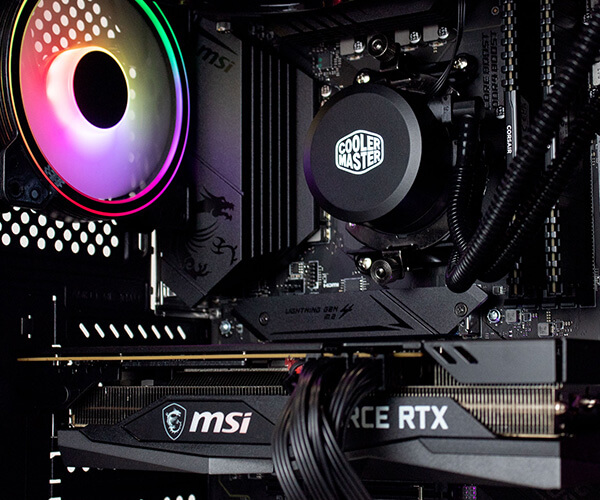
Buy the 3060 or 3060Ti If
- You want to stay at the 1080p gaming level.
The RTX 3060Ti is definitely capable of some entry-level 4K gaming. But both GPUs really shine at the lower 1080p and 1440p resolutions. The RTX3060Ti, in particular, can deliver a high-frame rate of 1080p gaming for years to come.
- You don't want to spend a lot of money.
If you’re managing a shoe-string budget and want the best performance out of a GPU for your budget, these two make a great option. The RTX3060Ti retails in the range of £290 and the RTX 3060 slightly lower than that. With such impressive prices, you don’t have to worry about emptying your pockets to land a good GPU. However, you should be aware that with the shortage of GPUs, the prices have gotten highly inflated.
- You want ray tracing at competitive pricing.
This is one of the areas where the 3060Ti shines most. It is an absolute champion at ray tracing when gaming at 1080p. You won’t have to worry about unplayable frame rates even at 1440p with the DLSS enabled.
Don’t buy if
- You want a 4K gaming experience.
The 3060Ti can do some entry-level 4K gaming. But if that's the main resolution you're going for, it's better to go for a more capable graphics card designed for such resolutions as the RTX 3080 or the RTX 3070.
Final Thoughts
It's easy to see that while on the surface, the 3060 and the 306Ti look very similar, they are quite different when you take a close look.
Finding the right pick between the two of them shouldn't be as difficult, considering the 3060Ti outshines the 3060 in most performance categories other than the VRAM. That shouldn’t rule out the 3060. If you have a modest budget and you aren’t willing to spend extra to get the 3060Ti GPU, the 3060 makes an excellent fall-back plan and will still give you excellent 1080p gaming performance for its price.
You also get a bit of futureproofing with both options. What is most commendable with both GPUs is they are backwards compatible, saving you the cost of buying a new motherboard.

